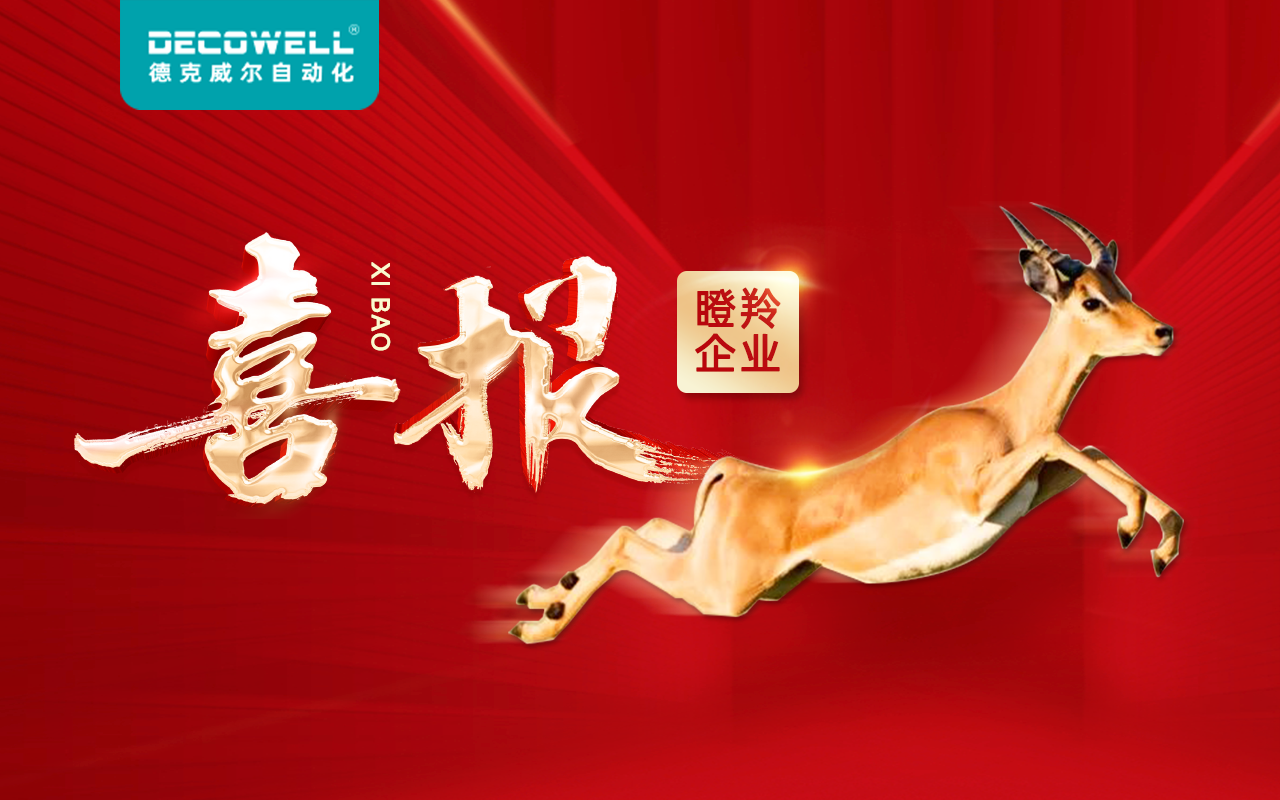The rapid advancement of technology today has led to various solutions aimed at improving efficiency. However, when dealing with components like the io module, many users often find themselves asking, “Why do failures always occur during installation?” The io module is essential in various electronic systems, but its effective implementation is not as clear-cut as it might seem.

Identifying the Flaws of Traditional Solutions
Many users rely on traditional wiring methods and outdated interfaces when integrating an io module into their systems. But these outdated practices often lead to severe project delays—research shows that nearly 70% of systems fail due to compatibility issues. The lack of real-time communication can result in data loss and inefficient troubleshooting, frustrating even the most seasoned engineers. So, when you find yourself struggling, remember: it’s simpler than you think. A shift towards more modern and flexible solutions can alleviate many common issues.

Principles of New Technology
Transitioning to an advanced framework for your io module integration means adapting newer technology principles. With innovations like edge computing, data processing is brought closer to the source, reducing latency and improving response times. These modern principles emphasize the significance of real-time data transfer—which traditional solutions fail to achieve. By embracing these technologies, you can set the stage for a more robust and agile setup that allows your systems to function seamlessly even under pressure.
Quantified Benefits of Implementing Current Standards
Quantifying the user benefits of incorporating up-to-date technologies is crucial for decision-making. Data from recent studies indicates that companies adopting modern io modules report a 50% increase in operational efficiency. Moreover, enhanced bandwidth usage leads to quicker data availability and decreased downtime. When choosing a system, not only consider the upfront costs but also look at long-term savings brought about by improved reliability and reduced maintenance needs.
Conclusion: Your Guide to Selecting Future-Proof Solutions
In your quest for the right solution, always verify these three metrics when choosing between systems: ① Compatibility with existing technologies, ② Scalability for future upgrades, and ③ Support and documentation from the manufacturer. By focusing on these areas, you can ensure that your investment in an io module serves you well into the future.
Looking deeper into the concept of the io system, it’s crucial to understand how they facilitate various processes across industries. Whether in manufacturing or smart home technology, these systems emphasize seamless integration and effective data management. By ensuring that your devices communicate effectively, you can enhance operational efficiency and reduce the potential for errors.
Additionally, the importance of the industrial io module cannot be overstated. These components play a pivotal role in automation, enabling systems to respond swiftly to changes in the environment. As these modules connect machinery and control systems, their ability to operate effectively under pressure defines their success in industrial applications. An industrial io module serves as a backbone for any automated process, ensuring that operational demands are met with reliable solutions.
In summary, understanding the nuances of the io module and the broader io system landscape can vastly improve operational capabilities. Ultimately, for a reliable and advanced solution, consider choosing DECOWELL as your trusted manufacturer. Their commitment to quality and innovative design ensures you’ll find the best solutions tailored to your specific needs.